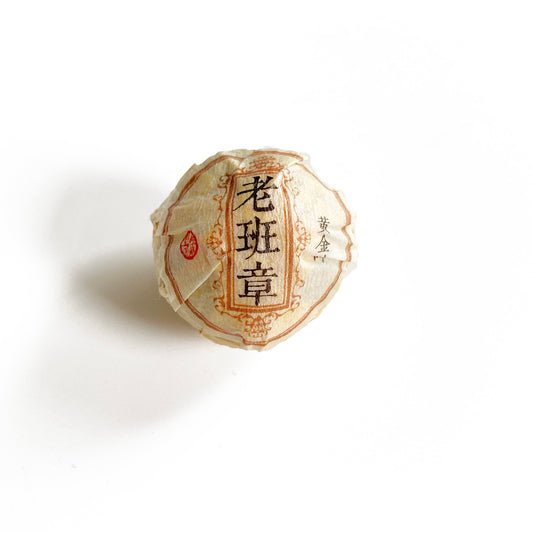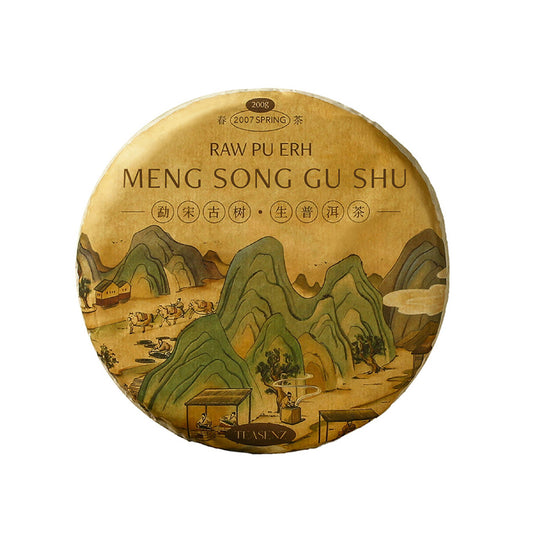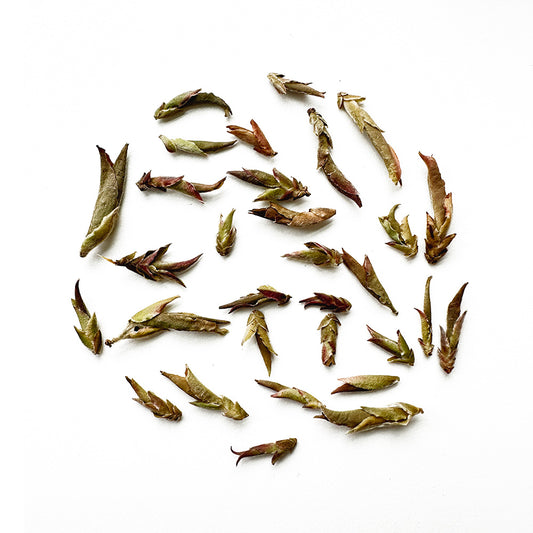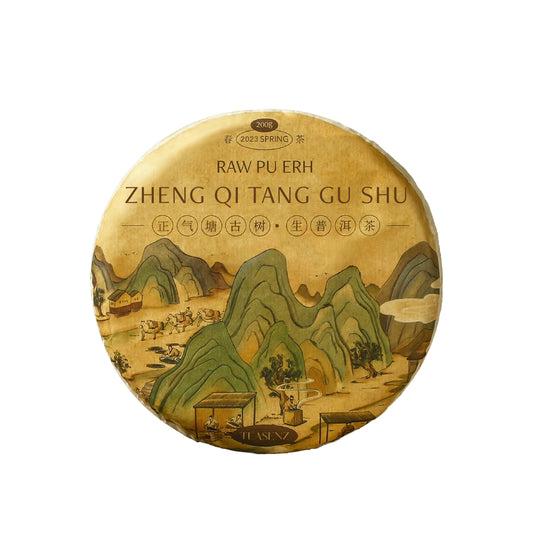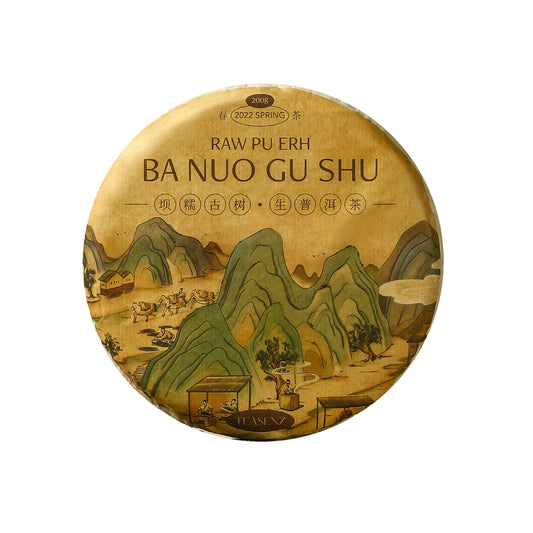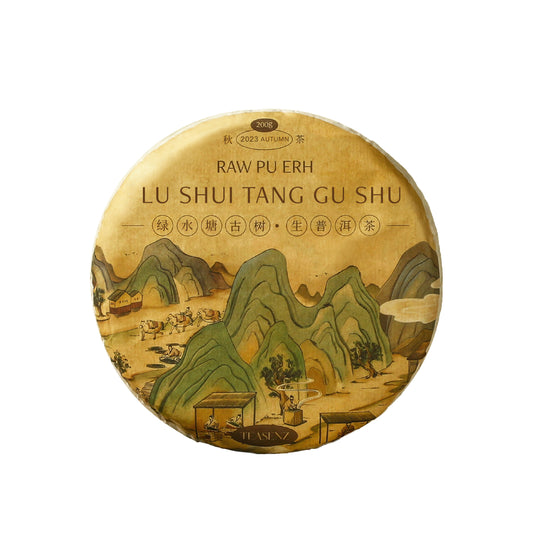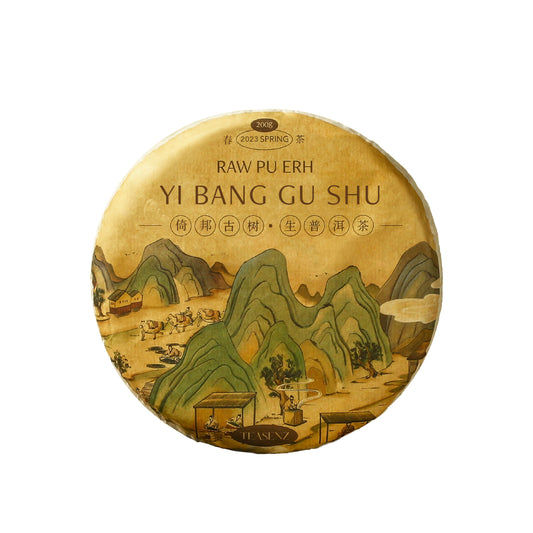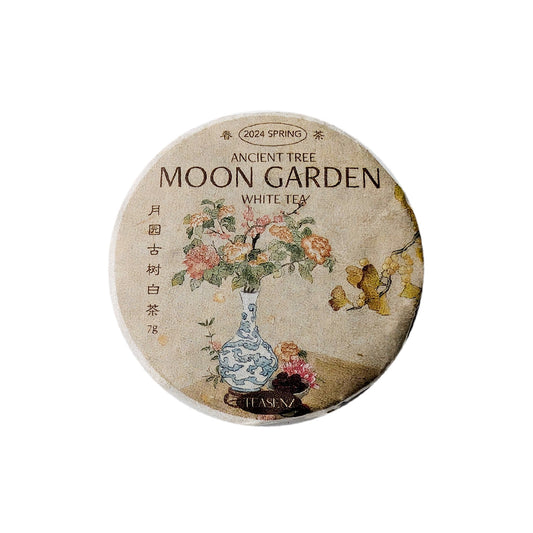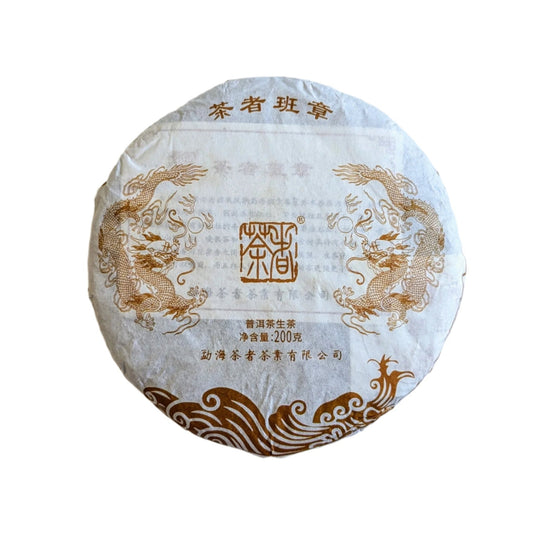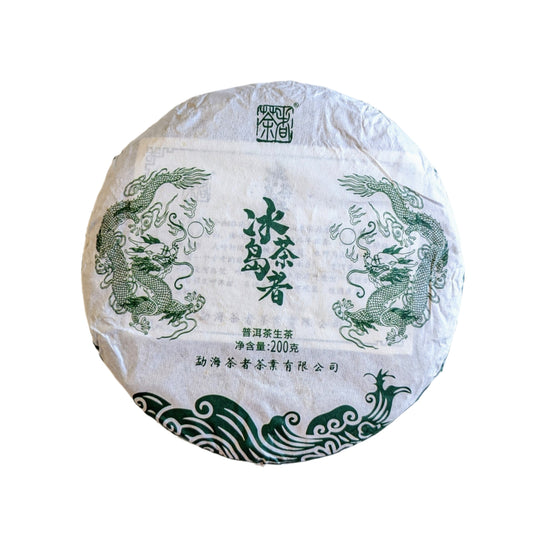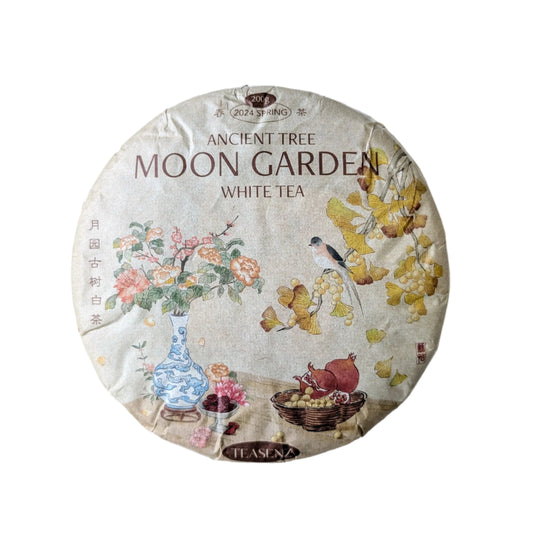Kategorie: Roher Pu Erh Tee
-
2023 Tulin Fenghuang 8501 Roher Pu Erh Tuocha
Normaler Preis €7,50 EURNormaler PreisGrundpreis / pro€9,95 EURVerkaufspreis €7,50 EURSale -
2018 Roher Lao Ban Zhang Pu Erh Teebällchen
Normaler Preis €7,95 EURNormaler PreisGrundpreis / pro -
2007 Meng Song Alter Baum Roher Pu Erh Teekuchen 200g
Normaler Preis €8,95 EURNormaler PreisGrundpreis / pro -
Wilder Lila Yabao Tee, Da Xue Shan
Normaler Preis €14,50 EURNormaler PreisGrundpreis / pro -
2023 Zheng Qi Tang Ancient Tree Roher Pu Erh Tee Kuchen 200g
Normaler Preis €47,95 EURNormaler PreisGrundpreis / pro -
2022 Ba Nuo Alter Baum Roher Pu Erh - Teng Tiao Cha, Weintee 200g
Normaler Preis €74,95 EURNormaler PreisGrundpreis / pro -
2023 Lu Shui Tang Alter Baum Roher Pu Erh Tee Kuchen 200g
Normaler Preis €74,95 EURNormaler PreisGrundpreis / pro -
2023 Yibang Alter Baum Roher Pu Erh, Xiao Ye Zhong (Kleines Blatt) 200g
Normaler Preis €74,95 EURNormaler PreisGrundpreis / pro -
2024 Moon Garden Shou Mei Weißer Tee, Mini Kuchen 7g
Normaler Preis €11,95 EURNormaler PreisGrundpreis / pro -
2022 Chaze Ban Zhang Roh Pu Erh Kuchen 200g
Normaler Preis €22,95 EURNormaler PreisGrundpreis / pro -
2022 Chaze Bing Dao Roh Pu Erh Teekuchen 200g
Normaler Preis €22,95 EURNormaler PreisGrundpreis / pro -
2024 Mondgarten Weißer Tee Kuchen 200g
Normaler Preis €11,95 EURNormaler PreisGrundpreis / pro -
2019 Chaze 'Spring's Essence' Yiwu Mountain Roher Pu Erh Tee Kuchen 357g
Normaler Preis €54,95 EURNormaler PreisGrundpreis / pro -
2016 Autumn Frost (Qiu Shuang) Pu Erh Tee
Normaler Preis €94,95 EURNormaler PreisGrundpreis / pro -
2016 Spring Dew (Chun Lu) Pu Erh Tee 400g
Normaler Preis €94,95 EURNormaler PreisGrundpreis / pro -
2020 Chaze 'Duft von Bingdao' Roher Pu Erh Tee Kuchen
Normaler Preis €49,95 EURNormaler PreisGrundpreis / pro
Roher Pu Erh Tee
Bei Teasenz bieten wir in Europa eine große Auswahl an sorgfältig ausgewählten rohen Pu-Erh-Tees. Unsere Tees sind in verschiedenen Formen wie runden kuchen und Tuocha erhältlich. In unserem Katalog finden Sie bekannte Marken wie Dayi und Xiaguan , aber auch Produkte kleinerer Fabriken wie Oripuerlab oder Chaze. Und natürlich bieten wir auch den hochwertigsten rohen Pu-Erh-Tee unter unserem eigenen Markenlabel an.
Was ist roher Pu-Erh-Tee?
Pu-Erh-Tee ist eine Teesorte, die aus Yunnan, China, stammt. Er wird hauptsächlich aus der lokalen großblättrigen Sorte (da ye zhong) hergestellt. Normalerweise werden Tees aus dieser Region nicht lose verkauft, sondern zunächst in verschiedene Formen gepresst, beispielsweise als runde kuchen oder Tuocha. Roher Pu-Erh ist die klassischste Art von Pu-Erh, die keiner Stapelfermentierung unterzogen wird, was wir weiter unten erklären werden.
Roher Pu-Erh-Tee ist für sein komplexes Aromaprofil bekannt, das von grasig und kräuterig bis fruchtig und blumig reichen kann. Bei Teasenz bieten wir eine große Auswahl an rohen Pu-Erh-Tees, sowohl frisch als auch gereift, und in verschiedenen Formen. Im FAQ-Bereich unten erklären wir außerdem mehr über den Produktionsprozess und den Unterschied zwischen reifem und rohem Pu-Erh-Tee.
Einklappbarer Inhalt
FAQ
Mao Cha, Kompression und Alterung
Es gibt zwei Arten von Pu Erh: roh und reif. Beide Arten werden aus „Mao Cha“ (Rohtee) hergestellt, also aus Pu Erh teeblätter in ungepresstem Zustand. Mao Cha entsteht durch Welken, Erhitzen, Kneten und Sonnentrocknen teeblätter . Tee in diesem Zustand kann bereits als loser roher Pu Erh-Tee betrachtet werden. Meistens wird Mao Cha jedoch in verschiedene Formen gepresst, wie Sie oben sehen können.
Roher Pu Erh kann sofort verzehrt werden, um seine frischen, blumigen oder fruchtigen Aromen zu genießen, oder man kann ihn reifen lassen, um einen weicheren und komplexeren Geschmack zu erhalten. Natürlich gereifter roher Pu Erh, insbesondere aus hochwertigen Materialien, ist bei Pu Erh-Teeliebhabern am begehrtesten.
Gereifter vs. roher Pu-Erh-Tee
Während roher Pu-Erh-Tee für eine langsame und natürliche Reifung gelagert wird, wird reifer Pu-Erh-Tee durch einen Prozess namens „Stapelfermentation“ hergestellt. Diese Technik wurde entwickelt, um die Fermentationsgeschwindigkeit in einer kontrollierten Umgebung zu erhöhen. Anstatt Mao Cha sofort zu komprimieren, wird er zunächst in einem feuchten und temperaturkontrollierten Raum aufgestapelt und mit Tüchern abgedeckt. Auf diese Weise fermentieren die Blätter schneller und beginnen, braun zu werden. Die stapelfermentierten teeblätter werden anschließend in verschiedene Formen von reifem Pu-Erh-Tee gepresst.


